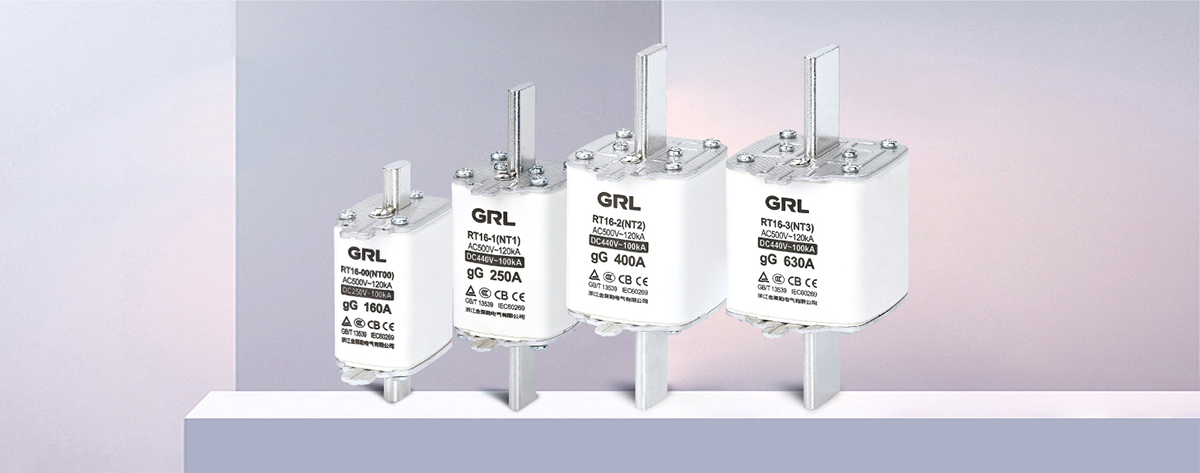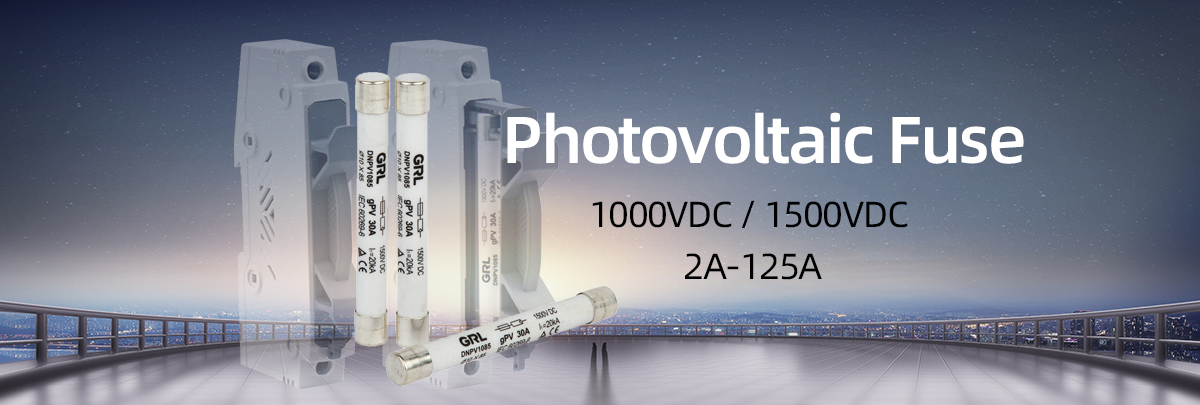Fuse links have been one of the most essential aspects of every electrical component since the evolution of electricity. Wiring damage, fire outbreaks, and all possibility of electrical overload are prevented by fuse links.
The fundamental purpose of a fuse link is to safeguard discrete electrical devices by cutting off the electric circuit in advance. Therefore, people need to choose the best brand to buy good quality fuse links which are absolutely effective.

7 factors should be considered before selecting a fuse link
There are various types of fuse links available in the market, and all of them acquire distinct fuse properties. These properties must be properly comprehended in order to select the correct fuse link for a specific system.
As a result, we are going to guide you thoroughly through each contributing aspect so that your electrical device has optimal circuit protection.
 Rated current
Rated current
A fuse link can handle a certain level of current under normal conditions, which is given by the manufacturer as rated current. In most situations, it is designed conforming to an IEC standard, and maximizing the load to 100% of the fuse link’s nominal rating can reduce its expected life. Therefore, you should make sure that the fuse load doesn’t go beyond the nominal value.
Ambient temperature
The ambient temperature refers to the temperature of the air in the immediate vicinity of the fuse. As the ambient temperature fluctuates, the capacity of a fuse to carry current changes as well.
The fuse’s life may be shortened if it is operated at high ambient temperatures. Lower ambient temperatures, on the other hand, can result in a longer fuse life.
Time current features
As we already know, there are various kinds of fuse links categorized according to different parameters; one of them being the speed at which they blow. When exposed to high levels of current, fast-acting fuses will melt quickly and disrupt the circuit. Whereas, time-delay fuse links use a flow-delay mechanism.
They are built to withstand overload pulses in the beginning. The control circuit’s need will determine which fuse links to employ. Inductive and capacitive loads are often protected by time-delay fuses, while resistive loads are protected by fast-acting fuses.
 Maximum fault current
Maximum fault current
The necessary interrupting capacity of overcurrent protection devices are determined by maximum fault currents. For the fuse links to work successfully, its Interrupting Rating must equal or surpass the circuit’s Maximum Fault Current.
Rated voltage
Similar to the rated current, the manufacturer specifies different rated voltages for different fuse links. So long as the voltage is below or equivalent to the rated voltage, a fuse can effectively terminate its rated short circuit current.
Pulses
Electrical pulse conditions differ a lot from one operation to the next. It is highly probable that different fuse link designs may behave differently to the same pulse circumstance.
Thermal cycling and possibly mechanical strain are caused by electrical pulses, resulting in a shortened fuse link’s life. The starter pulse requirements must also be met by the fuse’s nominal melting I2t rating.
The power needed to melt the fusing element is measured in nominal melting I2t. Fuses with a thermal delay design can withstand initial or starting pulses, which are common in some applications, while still protecting against continuous overload. The starting pulse should be defined and compared to the I2 t rating and time-current curve of the fuse.
Features of Fuse holder
Fuse links are fitted on the fuse holder in various potential implementations. They can’t be used as switches since they can’t turn on or off loads. Take into account that if a fuse holder is employed, it should also be derated. When choosing a fuse holder, make sure it can resist the fuse’s maximum voltage and current ratings.
Trying to withstand the power wasted by the fuse before it opens, the fuse holder might melt. Although no derating data for a fuse holder has been discovered, a connection is frequently derated to 25% of its maximum dielectric withstanding voltage.
For details on fuse holder features including mounting blocks, RFI shielded, clips, panel mount, PC board mount, and others, consult the manufacturer’s datasheet.

It is important to verify your choice by requesting sample testing in an active circuit. When choosing a fuse, make sure the fuse’s breaking capacity is suitable for the circuit’s functioning.
The short-circuit current must be equal to or higher than the disrupting rating. To guarantee that the fuse will work correctly in the circuit, endurance tests under ordinary operation and overload tests under breakdown situations should be performed.
Conclusion
Incomplete analysis of the intended circuit is a common cause of the malfunction. To avoid any form of misoperation, we must pay attention to the aforementioned factors and choose excellent quality fuse links from reputable companies like GRL.
GRL’s fuse links are an industry standard for overcurrent protection of electrical distribution networks and can be used in a range of applications. Our company contributes to the safety, reliability, and efficiency of the electrical sector, as well as home settings, by producing and selling high-quality fuse connections and taking on social obligations.
If you have any questions, please feel free to contact our professional technical team at [email protected].
 Rated current
Rated current Maximum fault current
Maximum fault current